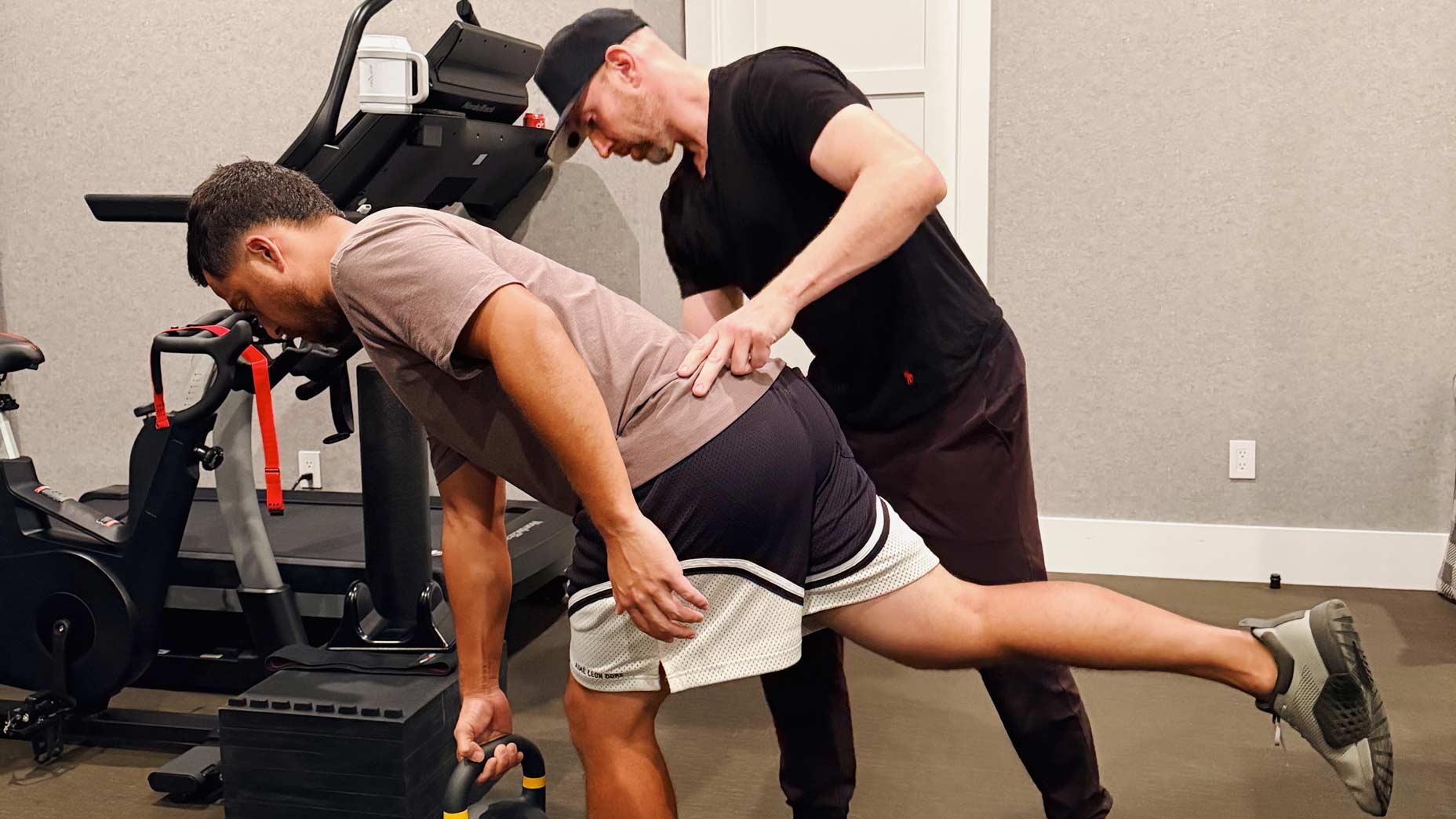Course management is something weekend players tend to ignore, as if it applies only to the competitive or professional golfer. In reality, the opposite is true. PGA Tour players, like Hideki Matsuyama pictured above, take the time to study yardage books, because they know it’s an easy way to gain shots. With a little planning yourself, you can use your course’s yardage book to plot your way to better scores without changing anything else in your game. But what’s the most effective way to read one? There are three important categories of info provided by a yardage book. Here’s how to use them to your advantage.
1. Find stable factors
First, look for fixed objects like bunkers, hazards, doglegs, trees, etc. Often, they’re marked for their location and distance from the tee and to the green. Once you’ve identified those, you can earmark your “go” and “no-go” zones — the places in between which signify safe places to aim and avoid unnecessary trouble.
2. Take notes
Look inside a pro’s yardage book and you’ll find a lot of scrawling: shot data from earlier rounds, both competitive and practice. This includes club selection, wind direction and speed, carry distances and runout that help guide current club choices. This is a boon, especially if you play the same course often.
3. Obey the laws
After evaluating the stable factors and your past experience, use the following LAWS to further refine your decision making and place you in the best position to go low: L: Laser yardage (or stepped off) A: Altitude (small a, as it’s only used occasionally) W: Wind direction and speed S: Slope, or the plus/minus adjustment for uphill and downhill shots.
4. Make a final approach
Digest the items at left to determine your final club and shot selections. While you may not have the detailed data available to a Tour player, there’s plenty here to make you a smarter golfer and save strokes in bunches.
Brady Riggs teaches at Woodley Lakes GC in Van Nuys, Calif.










